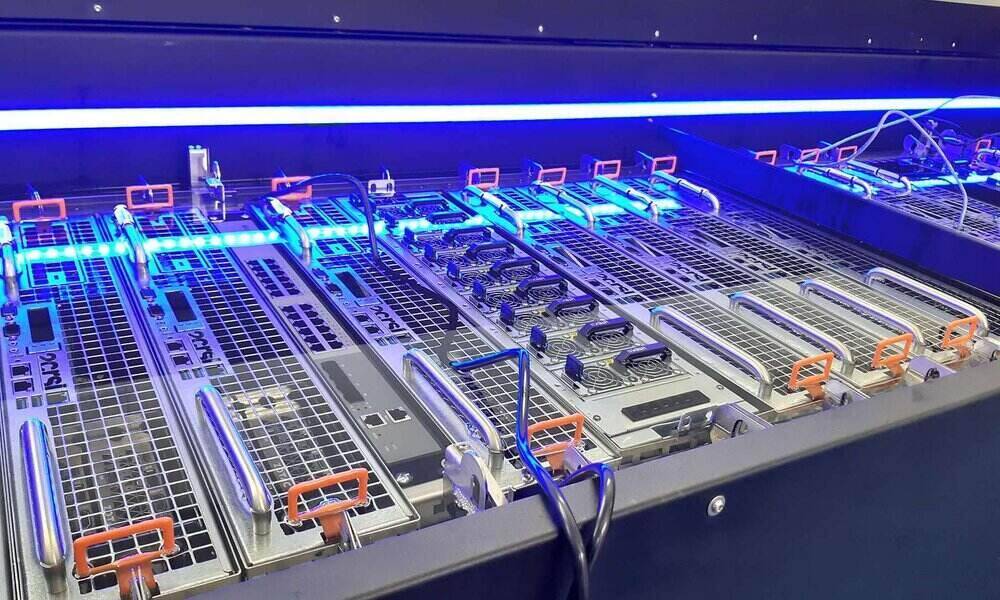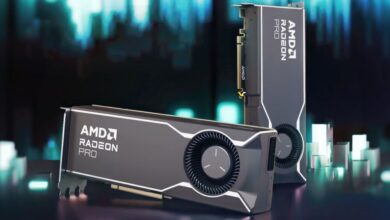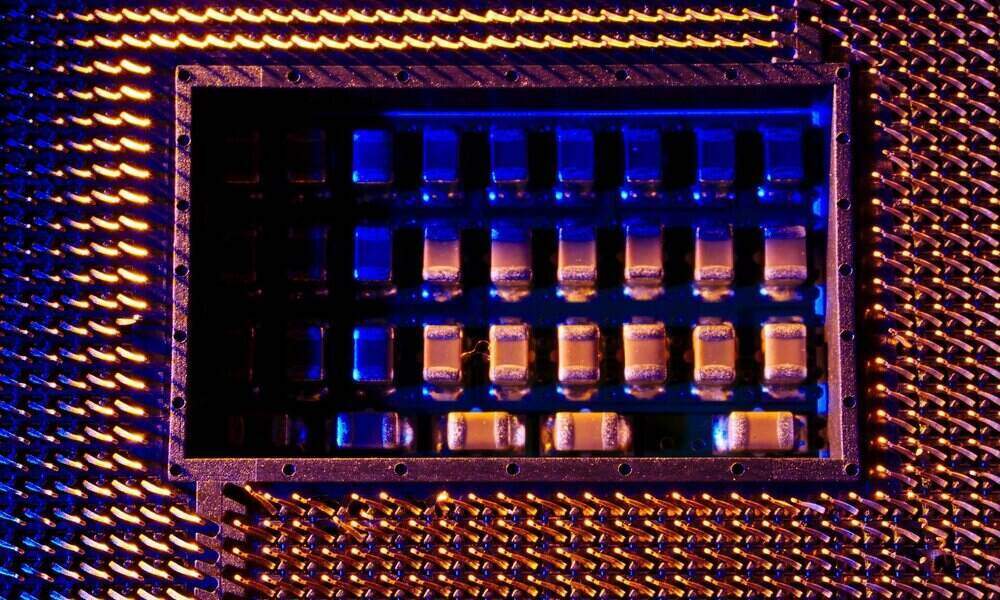
One of the main challenges facing data centers is cooling at an affordable price. For this reason, the main owners of this type of facilities do not stop investigating or allocating funds to research to optimize the heat dissipation of the CPUs and other chips of their servers. In recent times, the technologies they are betting the most on seem to be those related to air and liquid cooling. However, despite their advantages, it appears that they are not overly attractive in terms of efficiency and costs. That is why many technology companies experiment with how to optimize them, and Intel seems to go serious about liquid cooling, but by immersion.
For this, Intel has reached an agreement of collaboration with Green Revolution Cooling (GRC), a developer of liquid immersion cooling solutions. This collaboration aims to design and implement next-generation immersion liquid cooling techniques for future data centers and edge deployments, at a much more optimized cost than current solutions.
It is the second agreement related to this CPU cooling system that Intel reaches in a short time, since this past summer, at the end of August, it signed one with another company specializing in this type of technique: Submer.
The liquid immersion techniques offered by GRC so far can provide cooling performance of up to 200 kilowatts per rack, more than enough to cool up to 42 1U machines with high-performance CPUs and ultra-high-performance accelerators. To give us an idea, Intel Xeon CPUs for high-power, high-workload servers have increased their thermal design power from 165 watts per socket 5 years ago to 270 watts per socket today. This coupled with the fact that they consume more and more, which also makes them heat up more. So it’s no surprise that Intel is betting on improvements in cooling technology.
This technology, in addition to improving it, has other advantages. Thus, liquid immersion can help reduce the environmental impact of data centers, as the heat generated could be used for other purposes. For example, it could be converted into electricity.
With GRC, Intel will work with customers of the two companies to bring them custom, fully validated immersion solutions for racks with Intel Xeon Scalable processors. In addition, they will also work to ensure that new fluids entering the market are safer, more efficient and compatible with developing infrastructure. On the other hand, both Intel and GRC intend to educate the market on the benefits of immersion cooling technology.
The agreement enables Intel to offer liquid immersion cooling solutions to selected customers with the greatest need for powerful cooling systems. Additionally, Intel has plans to develop industry standard immersion liquid cooling solutions for data centers with Submer. But in addition, the company wants to ensure that there is a supply chain that can develop suitable hardware in large volumes to support next-generation data centers that will use the upcoming Xeon processors and Xe-HPC computing accelerators.
Intel’s Mohan Kumar, highlights that «Through this collaboration we will be able to offer customers customized solutions to meet their computing and cooling needs to help ensure that data centers operate in a more environmentally sensitive manner. Our collaboration with GRC is in line with Intel’s goal of supporting next-generation technologies that offer greater efficiency and density for data centers and deployments at the edge.«.



